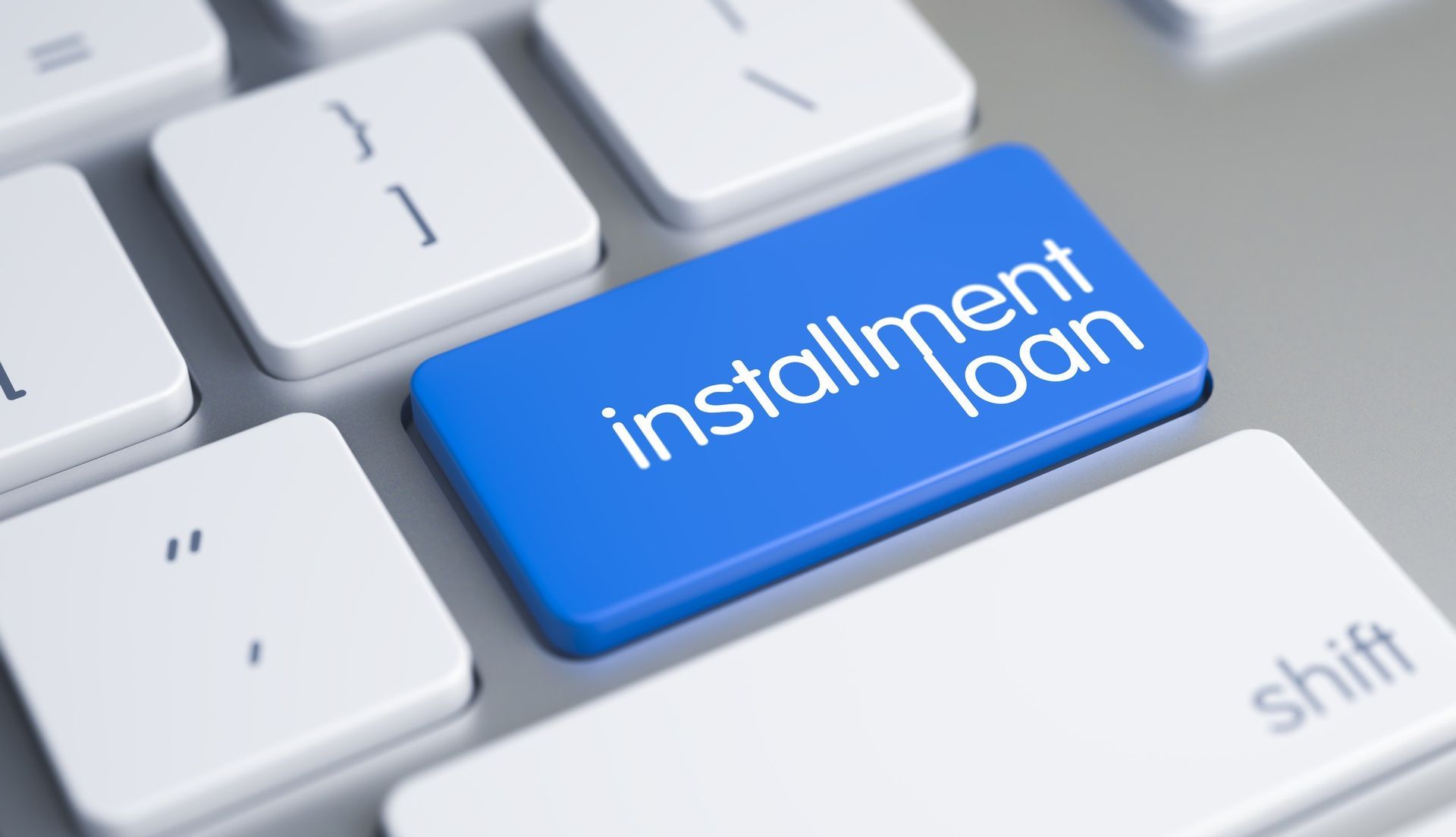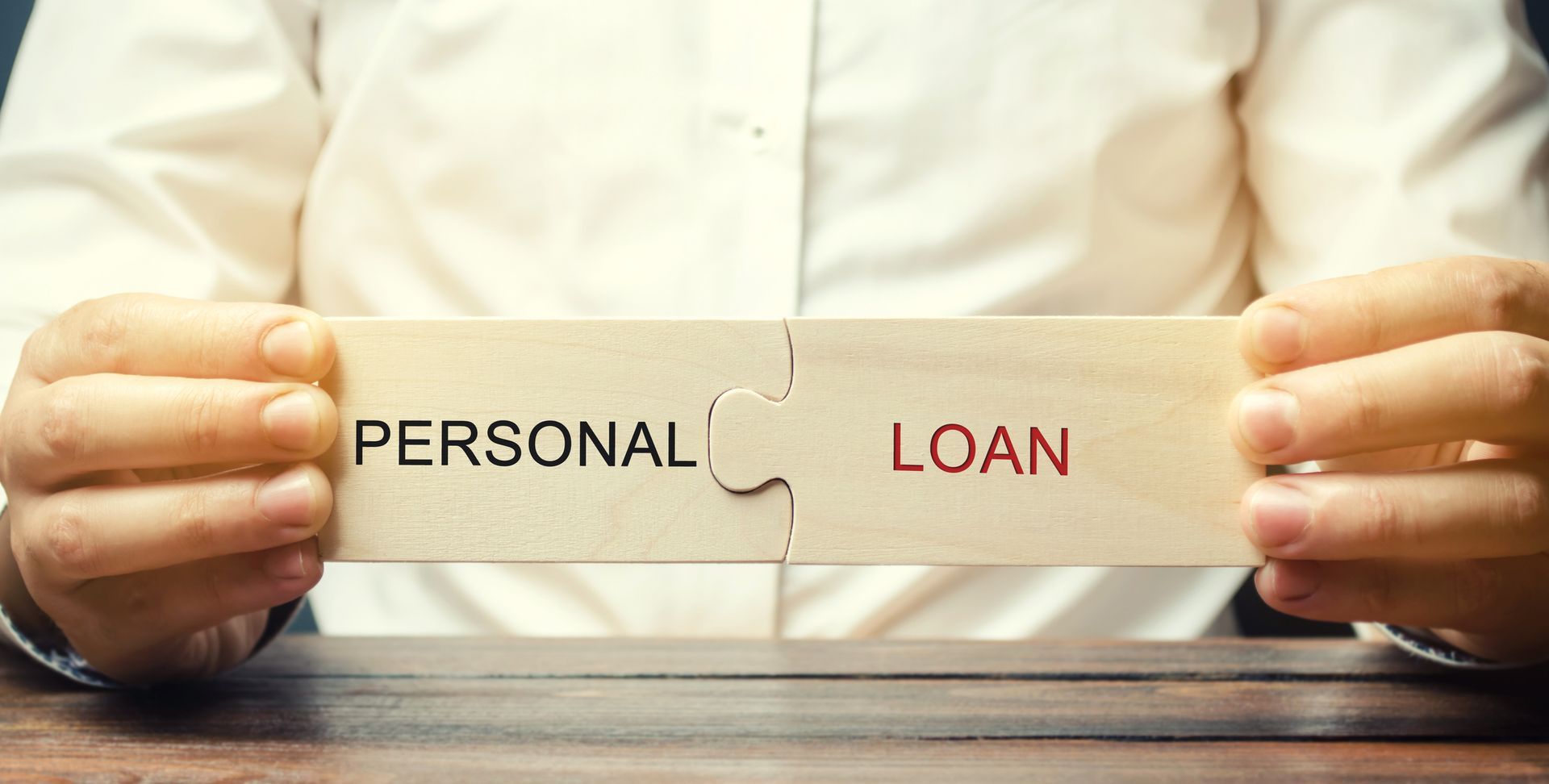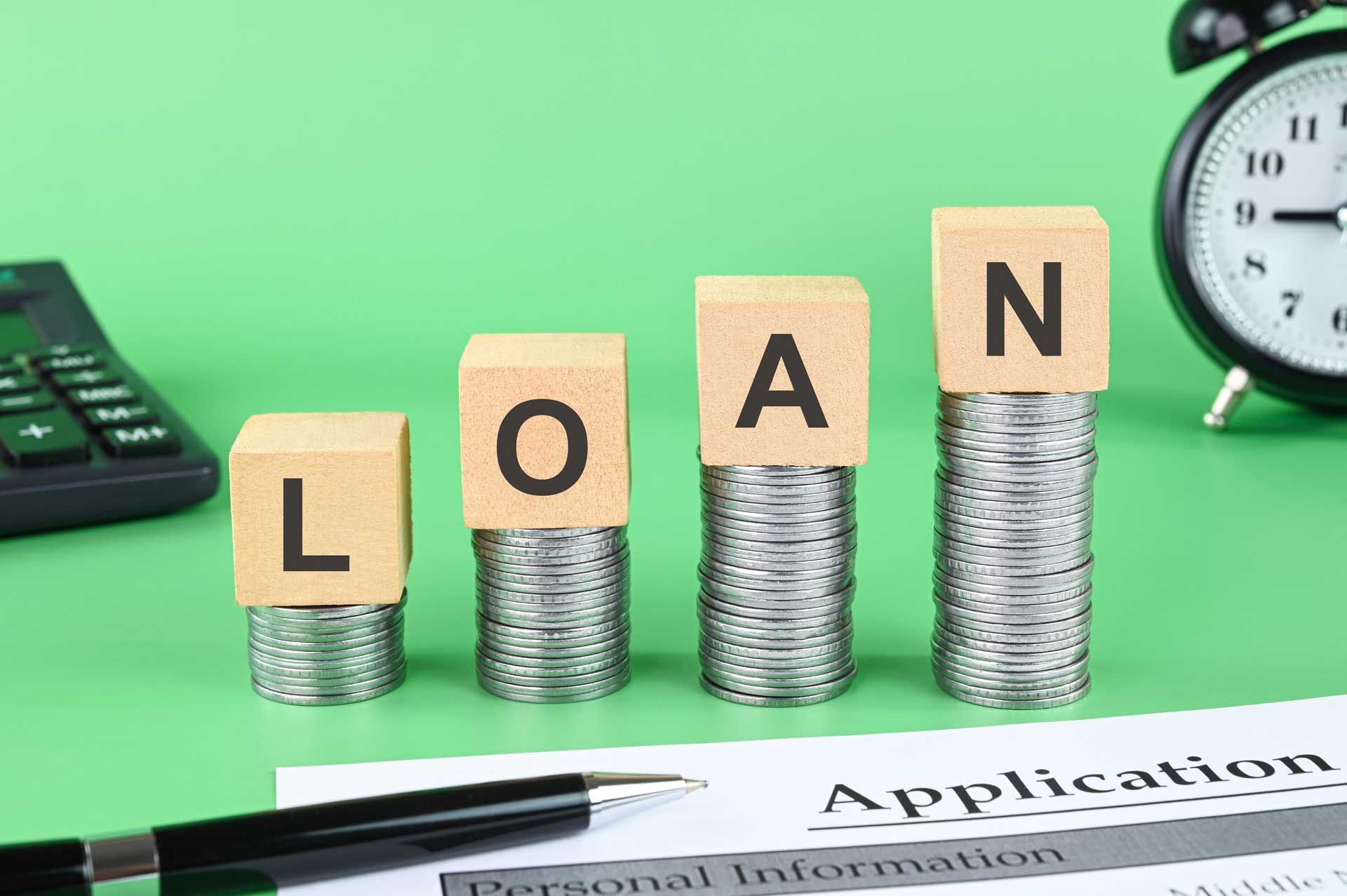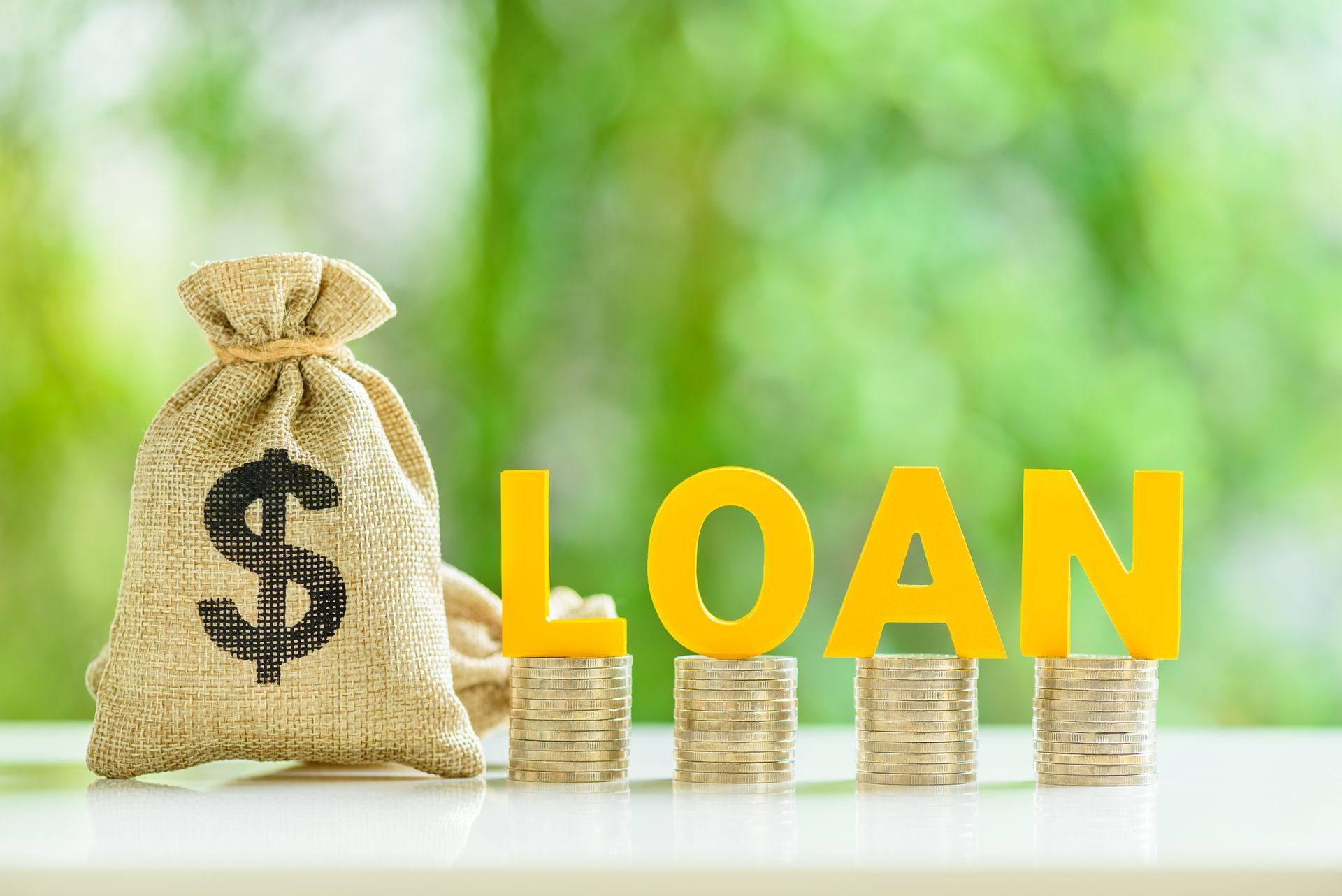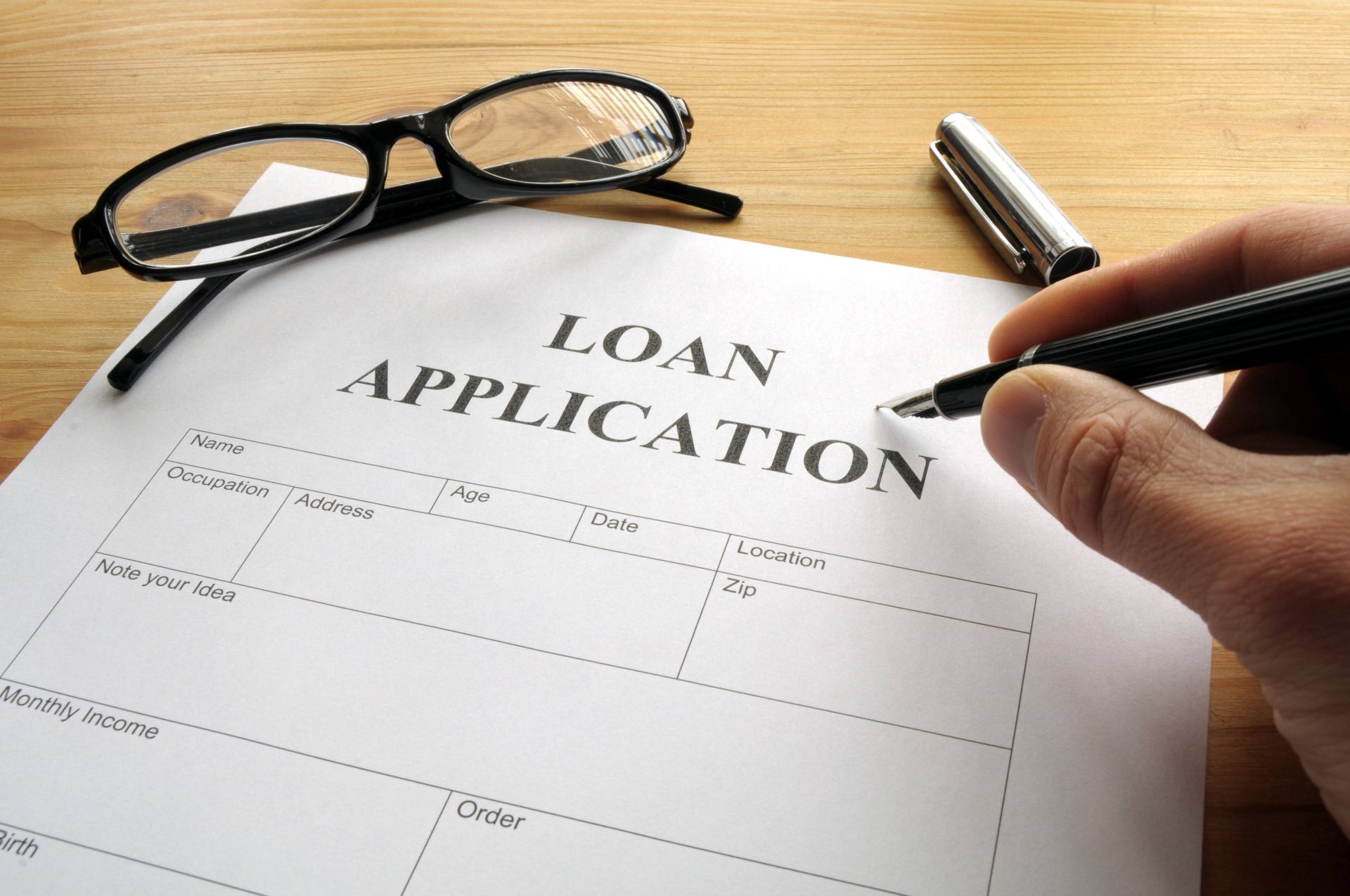4 Tips for Rebuilding Your Credit After Bankruptcy
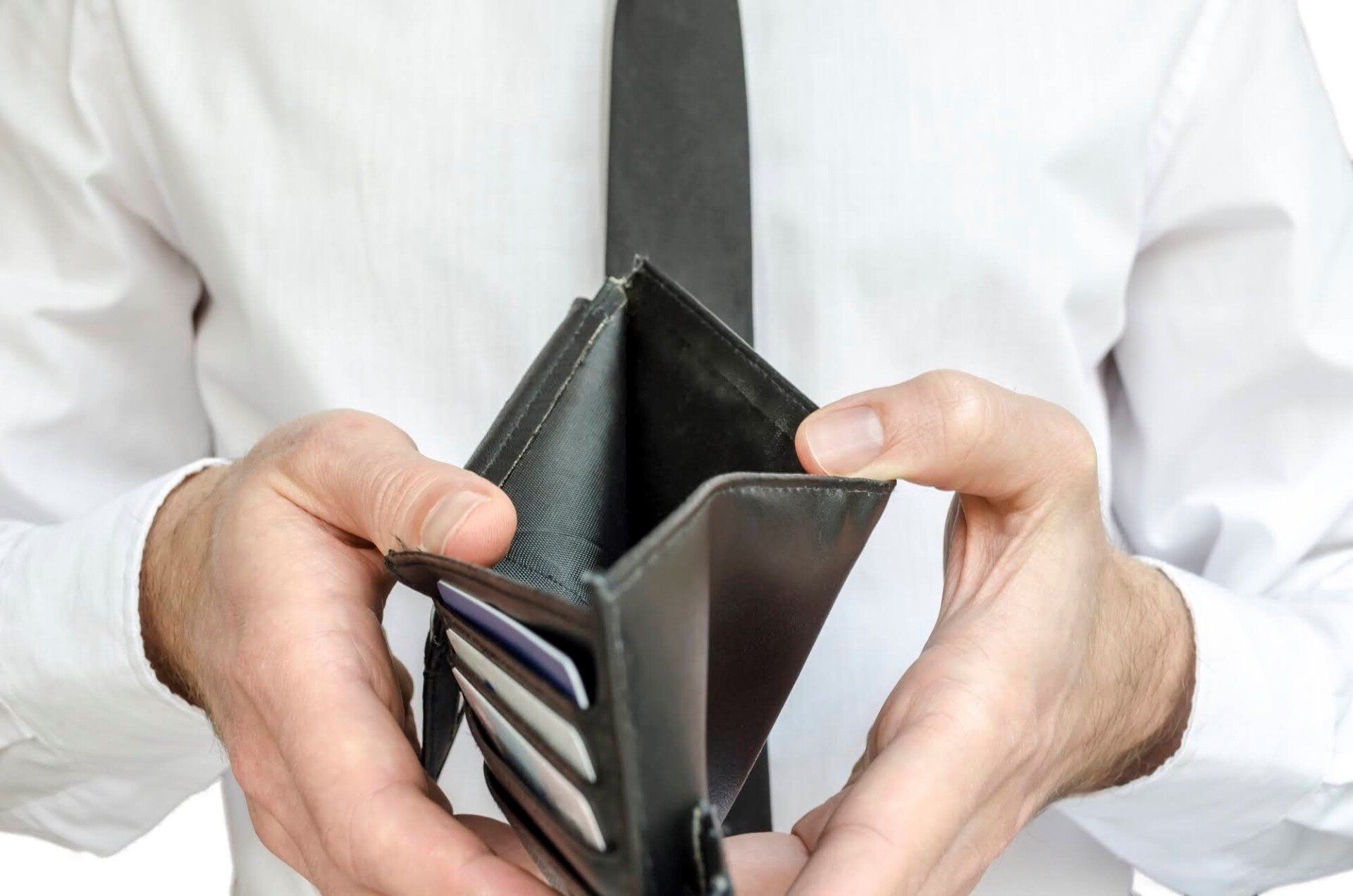
Everyone struggles with finances at least once, but when debt overwhelms you, you may consider filing for bankruptcy. Bankruptcy can eliminate a lot of your debt, but it can devastate your credit score. If you have filed or are thinking about filing for bankruptcy, check out these four tips to help rebuild your credit.
1. Check Your Credit Report
After you've finished the process of filing bankruptcy, check your credit report. The bankruptcy and the discharged debts will continue to appear on your credit report for up to ten years. However, because the debt is discharged, it affects you differently.
Ideally, after bankruptcy, your discharged debt should say that it was discharged due to bankruptcy. Before the bankruptcy, however, the debt may have shown as active, late, delinquent, or charged-off. These red flags are usually what lenders look for, so filing for bankruptcy can actually improve your chances of getting new credit in the future as long as you take active steps to rebuild your credit.
2. Continue Paying Non-Discharged Debt
Not all debt can be discharged through bankruptcy, so you will need to continue to pay for these during and after your bankruptcy. If not, it will simply continue to drag down your credit. Debt that can't be discharged usually includes child support, alimony, and any criminal fines or fees you owe the government or courts.
Other debts that can't be discharged include types of taxes, student loans, personal injury debts, and condo fees. In some cases, you may have forgotten to include some debt in your bankruptcy petition. Regardless of the type of debt, since it wasn't included in the petition, you still need to continue your payments. Paying this debt, however, may be easier once you have less debt and fewer bills.
3. Build New Credit Slowly and Carefully
Paying any remaining debt is a great way to help boost your credit score after bankruptcy, but you may also need to build new credit. This may mean getting a credit card or loan. However, instead of getting a new credit card and immediately maxing it out, you should rebuild your credit slowly.
One way to do this is with an amortized loan. An amortized loan is designed to better fit your budget, and each installment reduces the principal and the interest. When you repay the loan, you build equity, so you can use that money later if an emergency comes up. This can be an extremely useful way to help stay out of debt and pay off any remaining debt you have.
4. Ask a Trusted Friend or Family Member to Co-sign
In some cases, it may be difficult to find a lender willing to give you a chance. In this case, it may be beneficial to ask someone you know to be a co-signer. If you fail to repay the loan, the responsibility falls on the co-signer. For this reason, there is less risk for the lender, so they may be more willing to lend to you and possibly give you a lower interest rate.
On the other hand, you can ask to become an authorized user. An authorized user is someone who is legally allowed to use the debt. Even if you do not use the credit card, it can still boost your credit. Each time a payment is processed, it reflects positively on your credit report.
Debt can make it impossible to keep your head above water when it comes to your daily life expenditures. If you are tired of struggling to rebuild your credit or get a loan after bankruptcy, it may be time to consider a different type of loan. If you would like to learn more, contact us at Ardmore Finance today.
